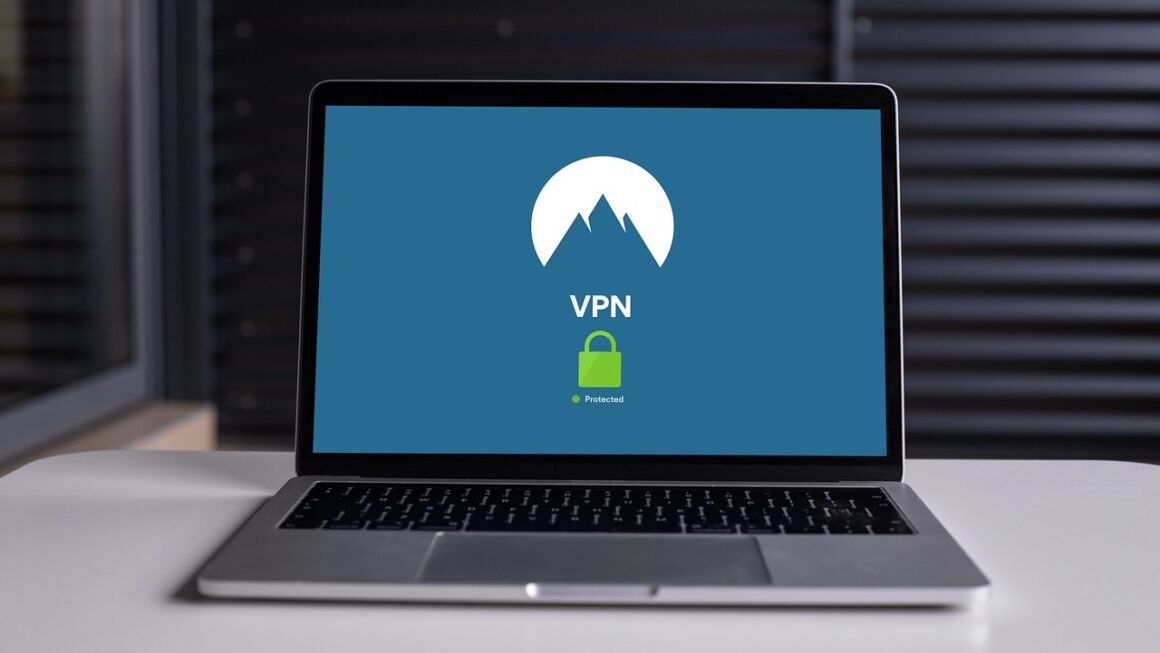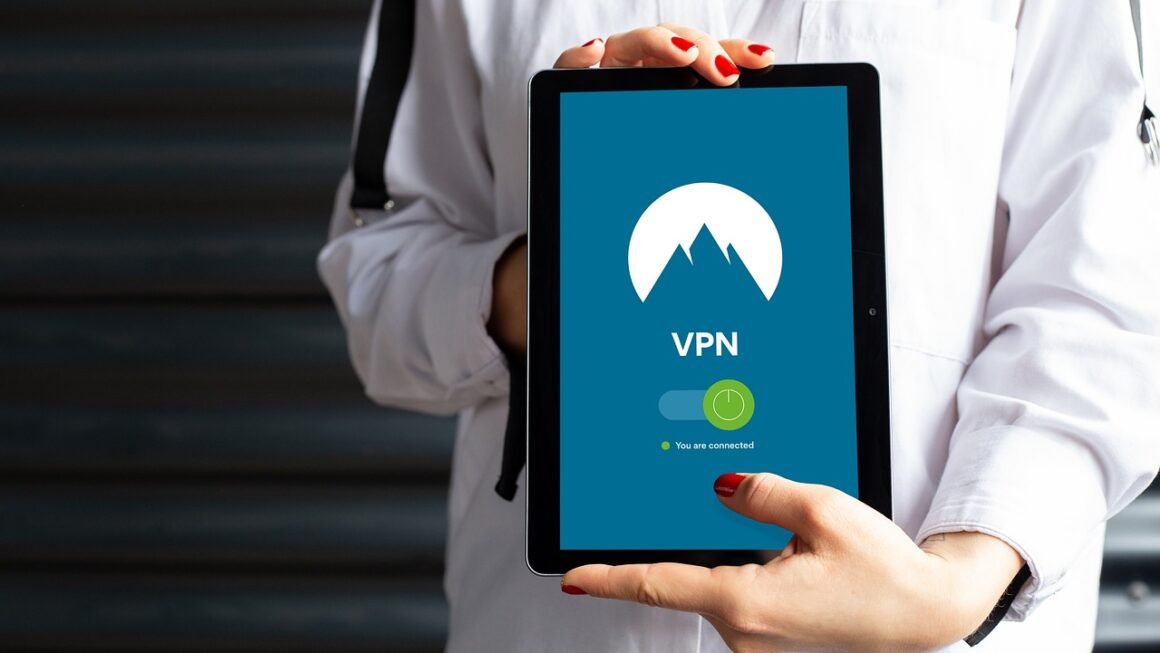Spyware: The Unseen Threat Lurking on Your Devices
In today’s interconnected world, our devices hold a treasure trove of personal information, making them prime targets for malicious actors. Among the various cyber threats, spyware stands out as a particularly insidious and invasive form of malware. Unlike viruses that announce their presence with system crashes and error messages, spyware operates discreetly in the background, gathering sensitive data without your knowledge or consent. Understanding what spyware is, how it works, and how to protect yourself from it is crucial for maintaining your digital privacy and security.
What is Spyware?
Definition and Purpose
Spyware is a type of malicious software designed to secretly collect information about a user’s activities without their knowledge or permission. This information can include:
- Browsing history
- Login credentials (usernames and passwords)
- Financial data (credit card numbers, bank account details)
- Personal correspondence (emails, chat logs)
- Keystrokes (everything you type)
- Location data
The purpose of spyware can vary, ranging from targeted advertising to identity theft and financial fraud.
How Spyware Differs from Other Malware
While spyware is a type of malware, it differs from viruses, worms, and Trojans in its primary objective. Viruses and worms aim to replicate and spread, often causing system damage. Trojans disguise themselves as legitimate software to gain access to a system. Spyware, on the other hand, focuses on surreptitious data collection and transmission. Think of it as a silent observer, constantly watching and reporting back to its controller.
Types of Spyware
Spyware comes in various forms, each with its unique method of operation:
- Keyloggers: Record every keystroke, capturing passwords, credit card numbers, and other sensitive information.
- Password stealers: Designed to extract stored passwords from web browsers, email clients, and other applications.
- Banking trojans: Specifically target online banking credentials, often employing man-in-the-browser attacks.
- Adware: While often considered less malicious, adware tracks browsing habits to display targeted advertisements. Some adware programs can also collect personal information.
- Tracking cookies: Monitor browsing activity across multiple websites, creating a profile of user interests and behavior.
How Spyware Infects Your Devices
Common Infection Vectors
Spyware can infiltrate your devices through various means:
- Software bundling: Often included as a hidden component in freeware or shareware downloads. This is probably the most common method.
- Drive-by downloads: Installed automatically when visiting compromised websites.
- Phishing emails: Delivered through malicious links or attachments that, when clicked or opened, install spyware. Example: An email impersonating your bank asking you to verify your details.
- Malicious advertisements (malvertising): Hidden within seemingly legitimate online ads.
- Software vulnerabilities: Exploiting security flaws in operating systems and applications.
Recognizing the Signs of Infection
Detecting spyware can be challenging, as it is designed to operate discreetly. However, some telltale signs may indicate an infection:
- Slow computer performance: Spyware consumes system resources, leading to sluggish performance.
- Unexpected pop-up advertisements: A sudden increase in pop-up ads, even when not browsing the web, can indicate adware infection.
- Changes to browser settings: Spyware may alter your homepage, search engine, or add unwanted toolbars.
- Unexplained data usage: Increased network activity, even when not actively using the internet, can indicate data being transmitted by spyware.
- Suspicious software: Unfamiliar programs appearing in your list of installed applications.
Protecting Yourself from Spyware
Prevention is Key
The best defense against spyware is prevention. Implementing the following measures can significantly reduce your risk of infection:
- Install a reputable antivirus/anti-malware program: Choose a comprehensive security solution that includes real-time scanning and spyware detection. Examples include Norton, McAfee, Bitdefender, and Malwarebytes.
- Keep your software up to date: Regularly update your operating system, web browser, and other applications to patch security vulnerabilities.
- Be cautious when downloading software: Only download software from trusted sources, and carefully read the installation prompts. Opt for custom installation to deselect any bundled software you don’t want.
- Avoid clicking on suspicious links or attachments: Be wary of unsolicited emails, especially those containing links or attachments.
- Use a strong password: Use unique, complex passwords for all your online accounts. A password manager can help you generate and store strong passwords.
- Enable a firewall: A firewall acts as a barrier between your computer and the internet, blocking unauthorized access.
Removing Spyware
If you suspect your device is infected with spyware, take the following steps:
- Run a full system scan with your antivirus/anti-malware program: This will identify and remove most common spyware threats.
- Use a dedicated anti-spyware tool: Specialized anti-spyware programs can detect and remove more persistent or advanced spyware variants.
- Check your browser extensions: Remove any suspicious or unfamiliar browser extensions.
- Reset your browser settings: Resetting your browser to its default settings can remove unwanted toolbars and other changes made by spyware.
- Consider a clean installation of your operating system: In severe cases, a clean installation of your operating system may be necessary to completely remove spyware. This is a last resort.
Legal and Ethical Considerations
The Legality of Spyware
The use of spyware raises significant legal and ethical concerns. In many jurisdictions, it is illegal to install spyware on someone’s device without their consent. This is especially true in cases involving surveillance of children or spouses without their knowledge.
Ethical Use Cases
While often associated with malicious activities, spyware can have legitimate uses in certain circumstances:
- Parental control: Parents may use monitoring software to track their children’s online activities and protect them from online threats. It is crucial to inform children that they are being monitored.
- Employee monitoring: Employers may use monitoring software to track employee productivity and prevent data theft. Transparency and employee consent are essential to avoid legal and ethical issues.
Conclusion
Spyware is a serious threat to your digital privacy and security. By understanding how spyware works, how it infects your devices, and how to protect yourself, you can significantly reduce your risk of becoming a victim. Remember to practice safe browsing habits, keep your software up to date, and use a reputable antivirus/anti-malware program. Proactive prevention is always the best defense against this insidious form of malware. Staying informed and vigilant is key to keeping your personal information safe in the digital age.



